12 Top Tips To Prepare Your Garden For Spring
The worst of the cold weather is over, the winds have died down, and the frost has left for another year. Spring is on its way.
After winter, your thoughts turn to preparing your garden for spring. Winter weather can play havoc with your garden from broken tree branches to nutrient-leached soil. Once the frost has gone, you can safely start working on your garden again without damaging its health.
Tidying, building, and planting are all tasks that can be completed before Spring arrives. With this preparation, your garden will be tidier and healthier creating a beautiful space for you to enjoy once the warmer weather arrives.
To get started, here are 12 top tips to help you prepare your garden for spring.
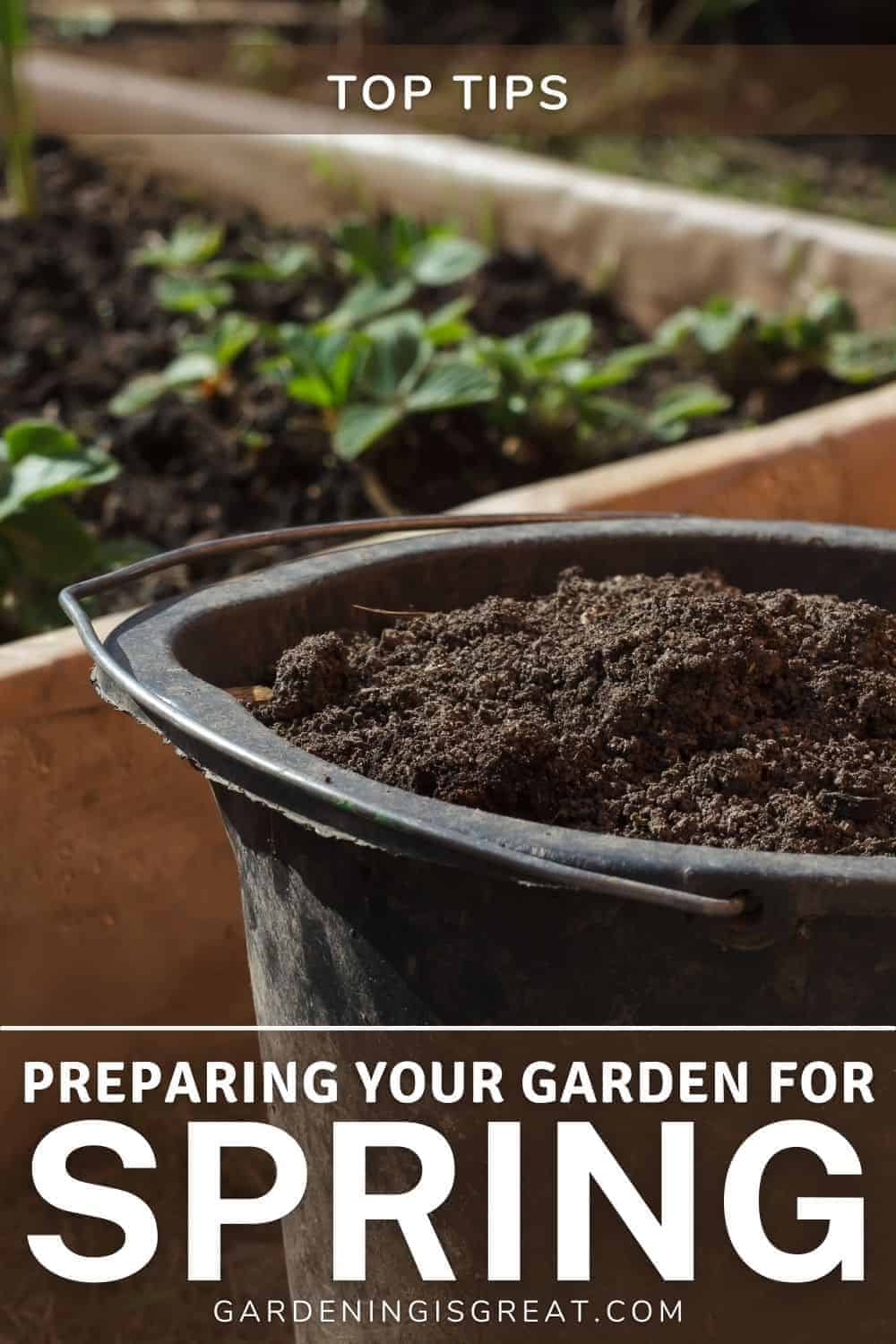
12 Top Tips To Prepare Your Garden For Spring
General Care
Let’s begin with general care. General care of your garden involves ensuring that your garden is neat and tidy, ready for the next season’s plant growth.
Depending upon what you have in your garden or how you have designed it, this might include general maintenance of tools, greenhouses, and even new garden beds.
The more you are able to complete in-between seasons now will help you prepare your garden ready for the growth of new and returning spring plants.
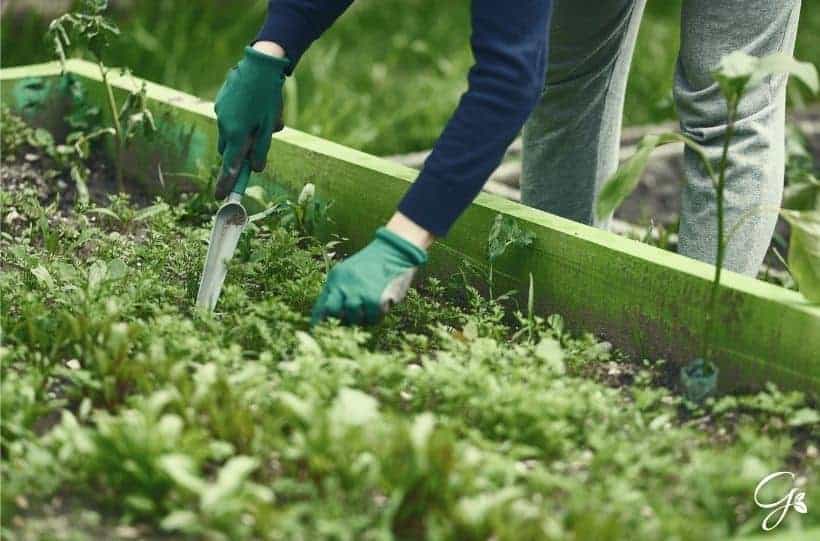
Prepare New Plant Beds
Spend time mapping out your garden design and digging the soil whilst it is soft in order to fit your plant beds.
If you are choosing to add raised garden beds, ensure to flatten and level the surface area along with adding a layer of cardboard before adding your topsoil. This helps to minimize the growth of weeds as well as giving a firm, level base for planting.
For plant beds at ground level, make sure to turn the soil and add nutrient-rich compost so that it is healthy and improves drainage for your plants.
Maintain Current Beds
Your current beds also need maintaining and protecting, especially after the winter. With heavy rains, the soil can be leached of nutrients plus strong winds can lead to wear and tear on your borders.
Add nutrients to your soil with organic compost to help provide nutrients to your plants. Also, check for damage and repair sections of your border where necessary.
Clean and Replace Tools
Garden tools are vital for any gardener to be able to maintain their garden. No matter the quality of your tools, no garden tool lasts forever.
General wear and tear from use, along with potential rust from wet weather, can occur. Before spring, it is a good time to empty your garden shed and check the condition of each of your tools.
Cleaning your tools is also essential. It not only helps to preserve your tools so that they last for longer. But it also minimizes the risk of disease spreading from plant to plant. You can easily clean your tools with detergent, hot water, and a rough sponge.
Remove Pests
Even in the colder months, unwanted pests can infiltrate your garden and impact your current and future plants.
To prepare your garden for spring, it is essential to check your plants and soil for unwanted pests.
Make sure to thoroughly check underneath your current plant’s leaves, around the base of your plants, and even the soil. A particularly tricky pest is white vine weevil larvae. This isn’t always easy to spot as they live in the soil and feed on your plant’s roots.
When you find pests, remove them and treat your plants with natural, chemical-free pesticides.
Add Nutrients
It is really important to add nutrients after the frost has gone and the weather is less severe.
Strong winds and heavy rains often associated with winter weather play havoc with your soil. The nutrients are often leached, draining away with the rains. Not to mention heavy rain also compacts your soil making drainage more difficult for your plants.
Before spring, prepare your garden by turning the soil to improve drainage and adding nutrient-rich compost. This will help to provide food and give your plants a healthy start in spring.
New Plants
Every year gardeners have to remove dead or dying plants which makes way for new life. Many gardeners incorporate both annual and perennial flowers in their gardens. Several vegetables especially are annual, which means they need replanting each season.
Before spring arrives is the perfect time to prepare your planters and sow seasonal flowers and crops.
Plant Bulbs
Perennial bulbs often flower early in spring. If you are wanting to see bulb flowers such as daffodils, tulips, and crocus’, it’s a good idea to plan and plant them the previous year.
Bulbs take time to grow and dedicate a lot of that time to developing strong, sturdy roots. After this, they can go dormant in cold weather and will begin growing again the following spring.
It’s a good idea to consider planting spring bulbs in November before the first frost so that they can establish themselves and be ready to flower in spring.
Sow Seeds
Many seeds take a lot less time to develop than bulb plants hence they do not need to be planted as early.
For spring and summer flowers, start sowing your seeds when the weather is warmer in late February, early March.
For delicate seeds, you can sow them indoors until they have germinated. Then separate groups and transfer them outside when the weather is milder. If the weather is still too cold or provides heavy rains, your seeds will die or wash away.
Plant Your Spring Vegetables
Just like your flowers, now is the perfect time to plant your spring vegetables. Many spring vegetables are very quick to germinate and only take 4-6 weeks to start producing crops to harvest.
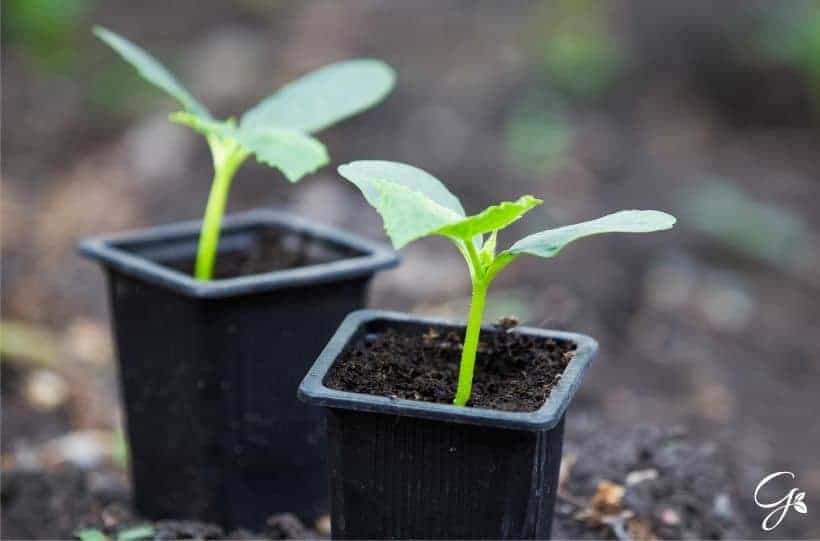
Spring vegetables include lettuces, tomatoes, peppers, cucumber, and spinach. These are best sown indoors, to begin with, to provide a few more weeks for the ground to soften and temperatures to increase.
Once your seeds have germinated, they can be planted outside in your soil or planters. Remember to leave some of your plants when harvesting to be able to grow more vegetables from the seeds and have a continuous supply of spring vegetables during the spring and summer months.
Plant Maintenance
Last but not least, plant maintenance is especially important. Our garden plants rely on our care to help extend their life, ensure our plants flourish, and encourage healthy new growth.
Plant maintenance is needed every season of the year. However, before spring, when many plants are due to grow in time to bloom for spring and summer, it’s the perfect opportunity to support them with a bit of extra care.
Remove Dead and Diseased Flowers
For any current perennial plants in your garden, dedicate time to removing dead flower heads. Dead flower heads are an unnecessary strain on your flowers, not to mention unsightly.
Removing dead flowers helps encourage your plants to focus their energy on new, healthy growth.
Similarly with diseased flowers, without removing the diseased area of a plant, the disease can spread to other flowers or even other plants.
Cut away all diseased areas of a plant and ensure to clean your tools thoroughly afterward. These plants should not be added to your compost as the disease will spread to your healthy plants.
Prune Bushes and Roses
Without pruning, bushes and roses can end up focusing their energy on growing new stems rather than on their flowers.
It is a good idea to prune back your bushes and roses to allow space for them to grow healthier stems and produce more flowers during summer.
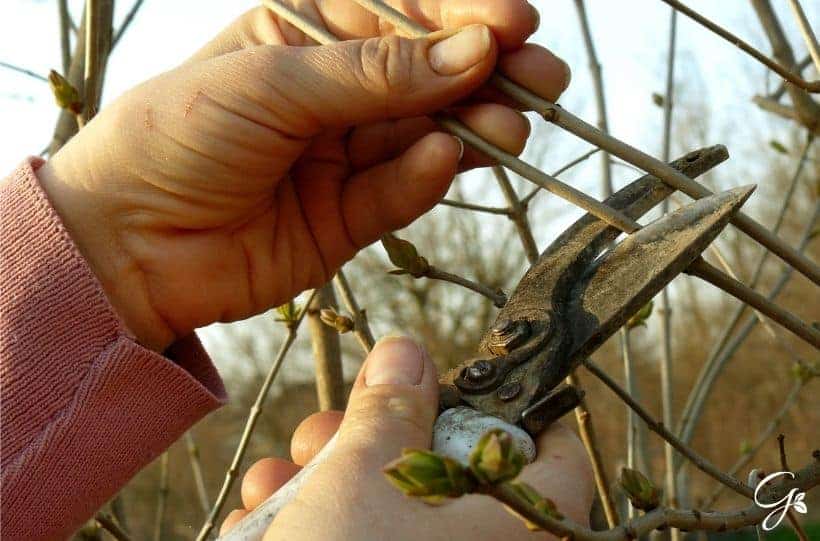
Before pruning, double-check first how you plant flowers. If it blooms on old wood, do not prune back until after the flowering season, otherwise, your plant won’t produce any flowers this year.
Divide Perennials
Perennials are plants that grow back year after year. Due to this, they can spread quite rapidly and take over large spaces of your garden you might have designated for other plants.
Before spring, spend time carefully digging up larger perennial plants and dividing them to create several smaller perennials. Each plant can then be replanted in different areas of your garden, or pots to help contain them.
Look After Your Lawn
Finally, don’t forget about your lawn. Over the winter, your lawn can become quite overgrown and unkept. Just before spring arrives is the perfect time to de-weed your lawn, mow it, and add lawn seed if needed.
You can also trim and tidy the borders of your lawn to create clearly defined sections from your lawn and other areas of your garden.
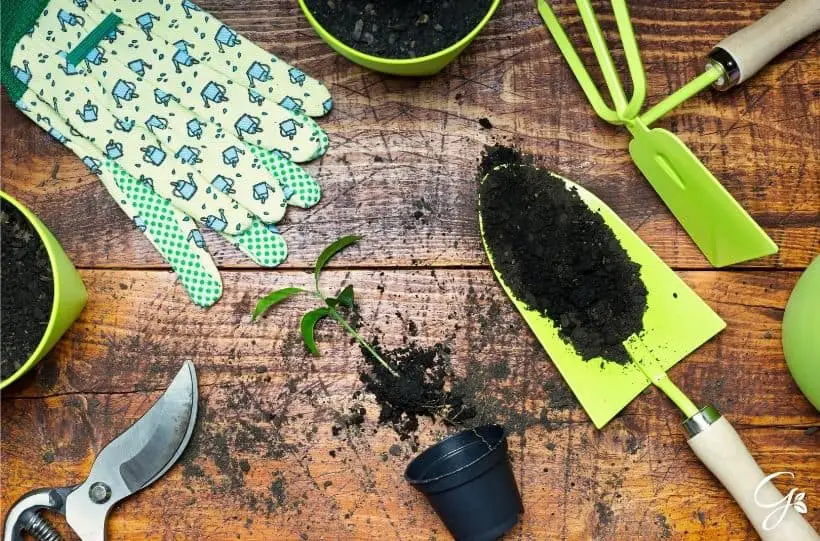
Follow these 12 top tips to help you prepare your garden for spring. These will help ensure your garden is ready for the warmer, sunnier weather ahead. Your garden will be easier to maintain with flowers ready to bloom and vegetables already planted.
For more top tips on preparing your garden for spring, take a look at these popular posts:
